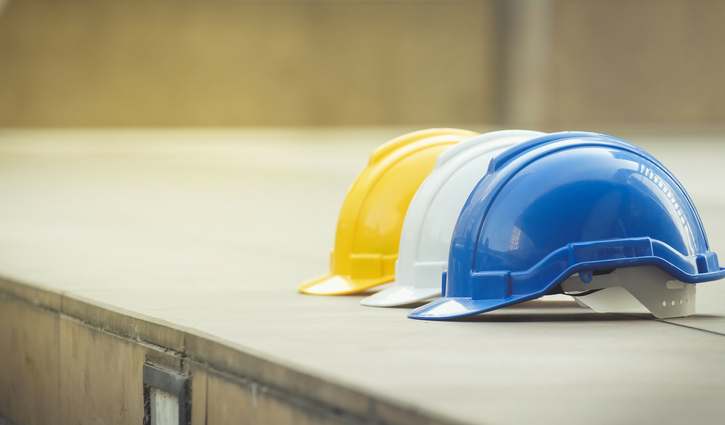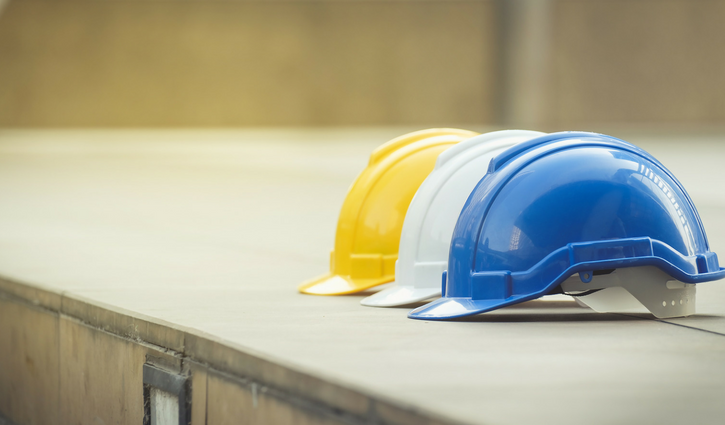
Taking a proactive and deliberate approach towards safety in the workplace is the best way to optimize effectiveness and employee performance, increase morale, reduce long-term costs and liabilities, as well as to lower the risk of injury, all the while, streamlining operations.
For all the benefits that it can offer, a safety program doesn't materialize out of nothing. What's more, some business owners are inclined to skip it altogether in the hopes of reducing costs, not taking the full picture into account. But like any government infrastructure program, a comprehensive safety plan purpose is to keep everything working as smoothly as possible, without any disruptive events ever taking place.
With that said, here are the 'pillars' that make up an excellent safety program.
Committing to Workplace Safety
The first step in building an effective safety program is to have the company's executives committed to safety and employee wellness. If protection is not a top priority, then there is little to no hope of building and maintaining a comprehensive plan. It is in the company's long-term interest in having one such safety program firmly in place.
Identifying Hazards and Assessing Risks
Identifying hazards and assessing the risks present in the workplace is a crucial step in achieving an effective safety plan. While the law doesn't require you to eliminate all likelihood, it does expect you to protect against them as much as practically possible. Your employees are an excellent place to start in identifying these hazards, as they are exposed to them on a daily basis. Performing an in-depth safety inspection will ensure that you cover every angle.
Educating Employees
Even the most comprehensive safety program will not be useful if your employees do not follow it. With this in mind, management should stipulate all safety requirements in writing and create a safety culture that exhibits accountability. All employee job descriptions should clearly state the requirements regarding safety responsibilities.
Safety training is an indispensable part of ensuring that all employees have the necessary knowledge and know-how on how to keep up with the safety program. It's also in everyone's best interest to have your employees actively look out for and report any hazards that they may uncover while on the job.
Conducting Regular Inspections for Compliance
Once your safety program is up and running, you should perform regular inspections for compliance. Statistics show that these inspections can significantly reduce the risk of accidents, even after several years. Not only are these great for making sure that everything is running smoothly, but they can also determine the strengths and weaknesses of your safety program. You can use this opportunity to improve your plan, lowering the risk even further.
The frequency at which you conduct these inspections should be dictated by the size of your business, the acquisition of new machinery, the implementation of new work processes, the number of past accidents, as well as the legislation in your area.
Takeaway
Safety in the workplace is not something that should be taken lightly, and neither is safety programs. Even if some see it as an extra expense, safety plans are a great example of forward-thinking. To make sure that you are keeping up with all the requirements of your safety plan, the Checker Software will provide you with many management tools for facility compliance audits, safety reviews, hazard assessments, and inspection processes that will ensure a higher degree of accuracy, effectiveness, and overall safety.











